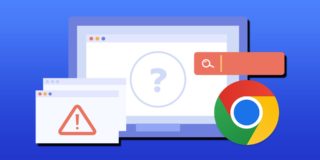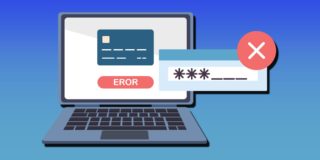Super-Fast And Easy OCR Guide
Optical Character Recognition, a.k.a. OCR, is a technology that converts an image of text into editable text. This is a technology that has been around for quite some time and was first used by most people in office-places as far back as the Windows 3.1 days. As far as where it was used, OCR was usually included as part of a fax software bundle. The fax machine, being it could scan, could scan the entire page and then convert the image to editable text.
OCR for the longest time was paid-only territory not only for software but also hardware, but these days it’s free and easy even if you don’t have a scanner.
Two quick free ways to do OCR
1. Local program: SimpleOCR.
SimpleOCR is a fully-enabled free OCR program that takes just minutes to set up. Download it, install it, and go. You can read up more about it here before downloading. SimpleOCR touts accuracy of up to 99% and will work on versions of Windows from ’95 to present. Yes, it will actually work in Windows 95, amazingly enough.
2. Web app: Google Docs.
Last month, Google announce that its Google Docs product now has OCR ability. Being that most of the better OCR programs are for Windows, Linux and Mac people now have a decent free option by using Google. It is unknown what the conversion accuracy rate of Google Docs is with OCR, but it’s assumed to be fairly decent.
Using a digital camera instead of a scanner for your image of text
A scanned page is the best type of image for OCR, but if you don’t have a scanner, you can use a digital camera as long as you take the photo correctly.
How to do it is easy.
- Take the printed paper and tack or tape to the wall.
- Take a photo of the paper as close as you possibly can while still staying in focus. A tripod helps immensely here. You may also want to use the “close-up” option for better focus.
- Send the image to SimpleOCR or Google Docs for conversion.
When taking your photo of the printed paper, keep the angle completely flat (as in “looking straight ahead” at the paper). If you take the photo on an angle, OCR will have more of a difficult time converting the image text to editable text.
It is also suggested that any photo you take with the intent of sending to OCR should be a minimum of 3,000 pixels wide. The more pixels OCR has to work with, the greater the chance of it converting the image correctly.
If you don’t get very good results from the digital camera method and would rather use a traditional USB flatbed scanner, many are available, starting at around $75 for new (about $50 for refurb/used).

















2 thoughts on “Super-Fast And Easy OCR Guide”